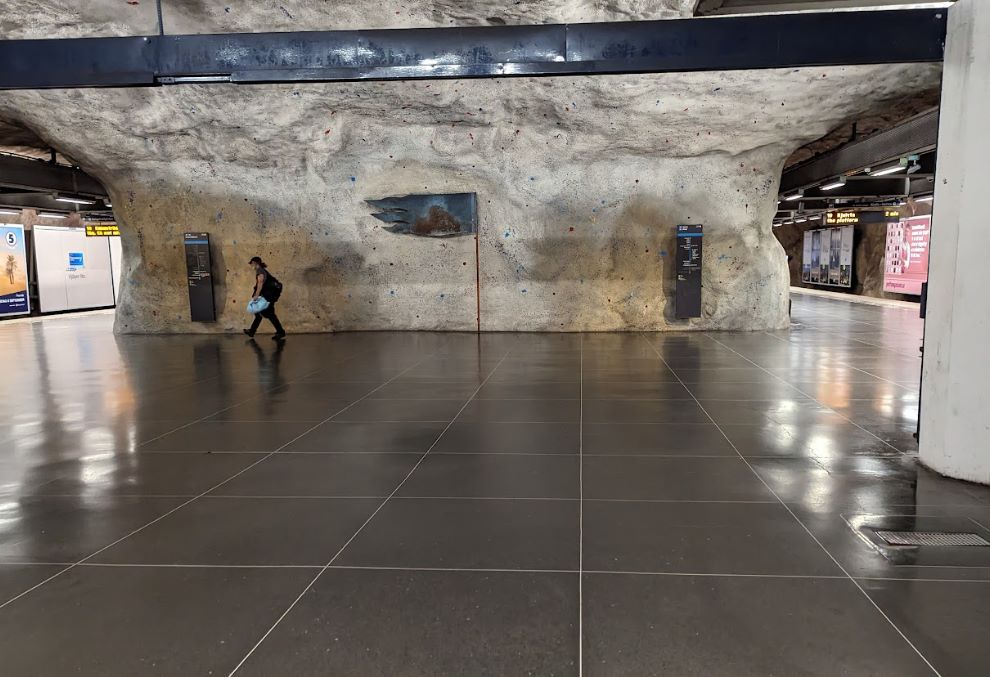Assessing the importance of light conditions for safety in transit environments: Fieldwork experiments and virtual reality scenarios (VR)

In this study, we assess the impact of lighting on safety incidents in subway stations as well as on travelers' safety perceptions. The analysis focuses on changes in lighting conditions (intensity/strength, direction, distribution, color) detected using data from (1) virtual reality (VR)scenarios and (2) real-life experiments in a subway station in Stockholm. Surveys with users and regression models underlie the analytical methodology employed in the study. The main contribution of this research is to provide guidelines for planning illumination in current safety interventions and for future stations.
Project leader: Prof Vania Ceccato
Collaborative researcher: Dr Ute Besenecker, the Lighting Design Division at KTH Architecture
Funding: Region Stockholm, 2023-2024
Results and recommendations
To enhance safety in public transportation, lighting should be designed with a strong emphasis on both accessibility and safety. The study found that light colour negatively affects the perception of safety, with blue and orange lighting leading to a lower sense of security. Therefore, using white light (4000 Kelvin) is recommended to foster a more positive feeling of safety. Additionally, the results suggest that dimmed lighting on platforms (110 lux) does not significantly reduce perceived safety, indicating that lower lighting levels can be employed to save energy without compromising the passenger experience, though this must be approached with caution. Creating an inclusive environment requires special consideration for people with visual impairments, who generally report feeling less safe across all lighting scenarios. This highlights the importance of prioritising accessible lighting as a key aspect of public transit design. Future research should explore lighting threshold levels and how light distribution factors (such as contrast and reflectivity) influence passenger experience for all user groups. VR technology provides a valuable tool for testing and refining lighting designs before their implementation in the real world.
Report in Swedish is found here:
Ljusförhållanden och trygghet på tunnelbanestationer: Experiment vid Fridhemsplan och i Virtuell Stationsmiljö
Publications
Ceccato, V., & Martin, C. (2023). Who takes part in virtual reality studies? An analysis of lighting research . Sustainable Futures, 6, 100134.
